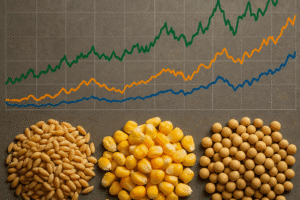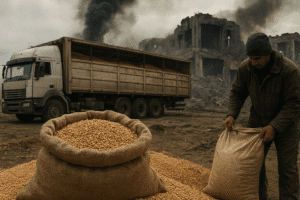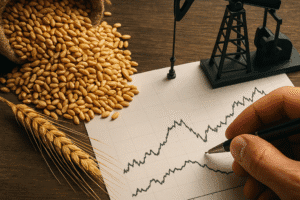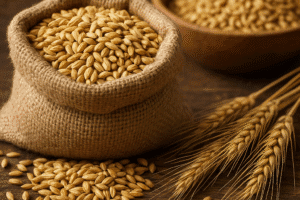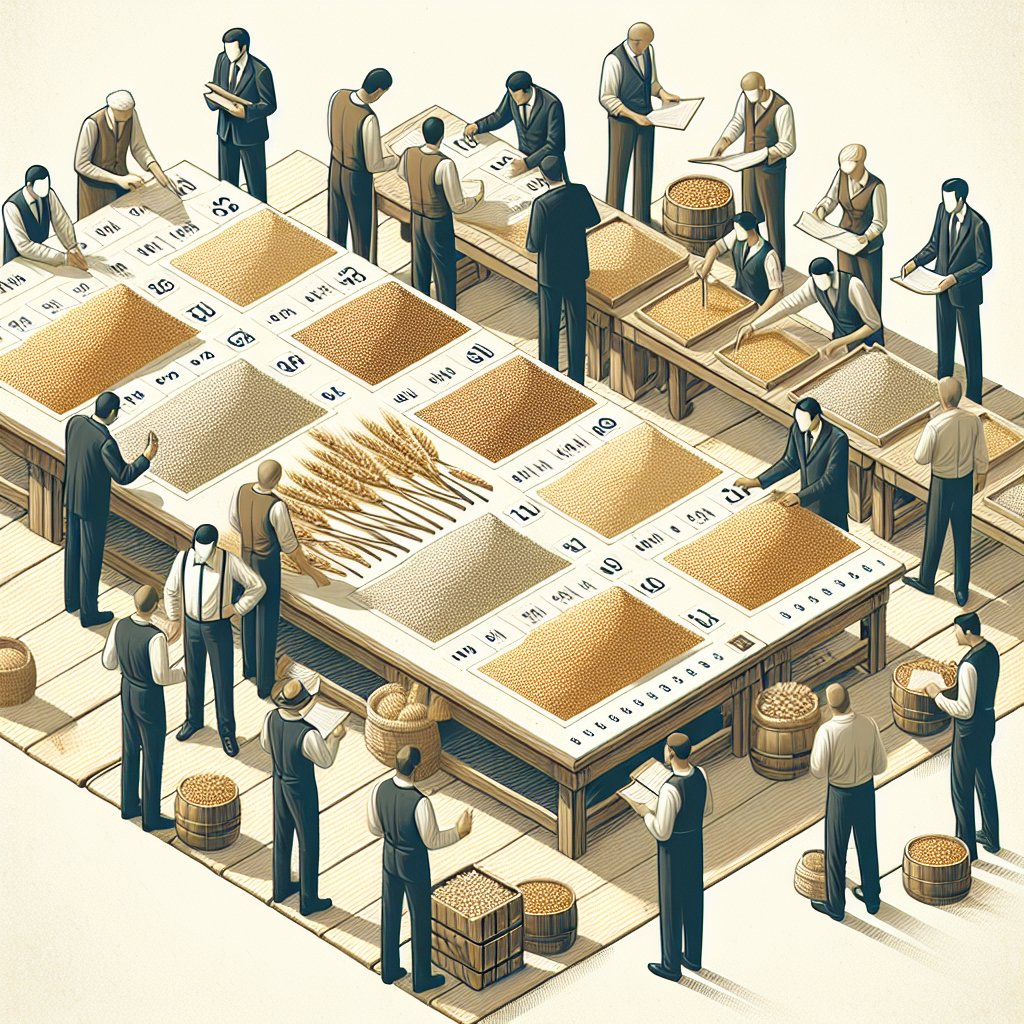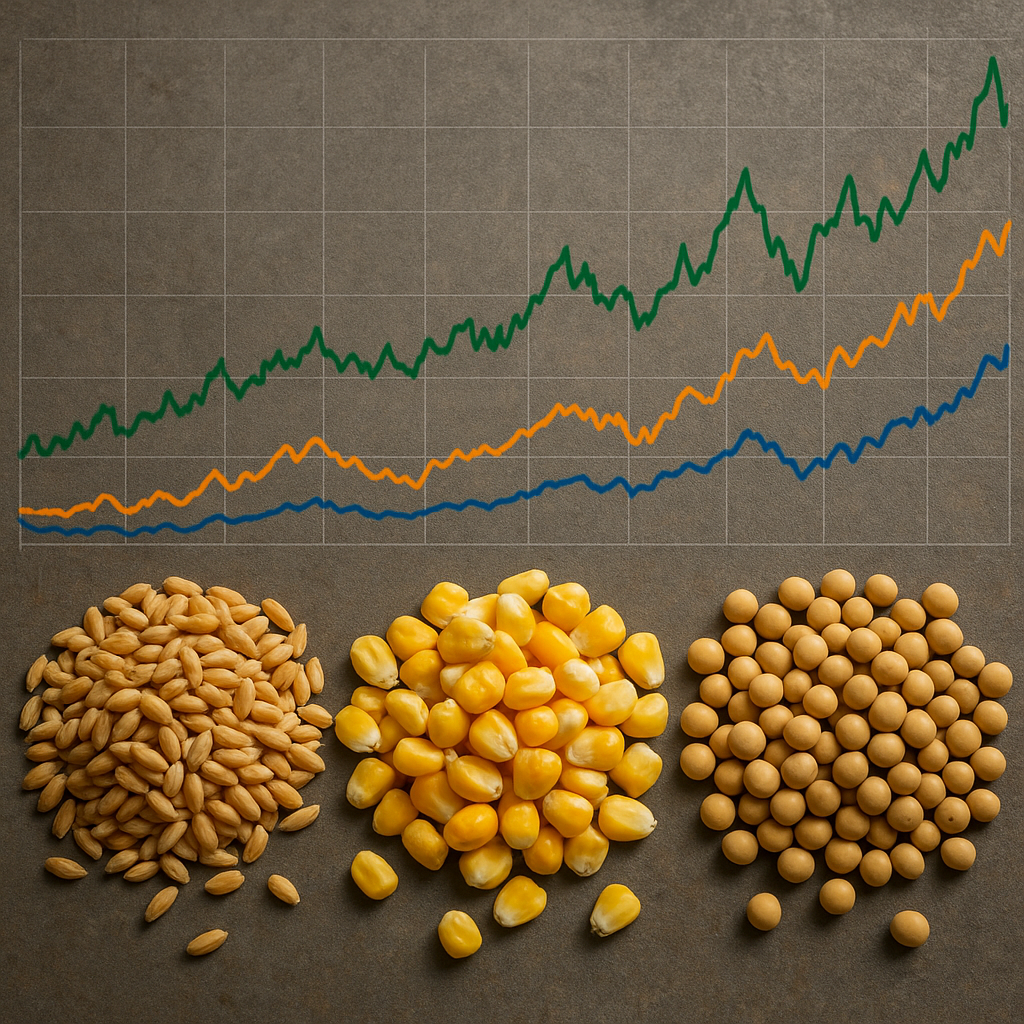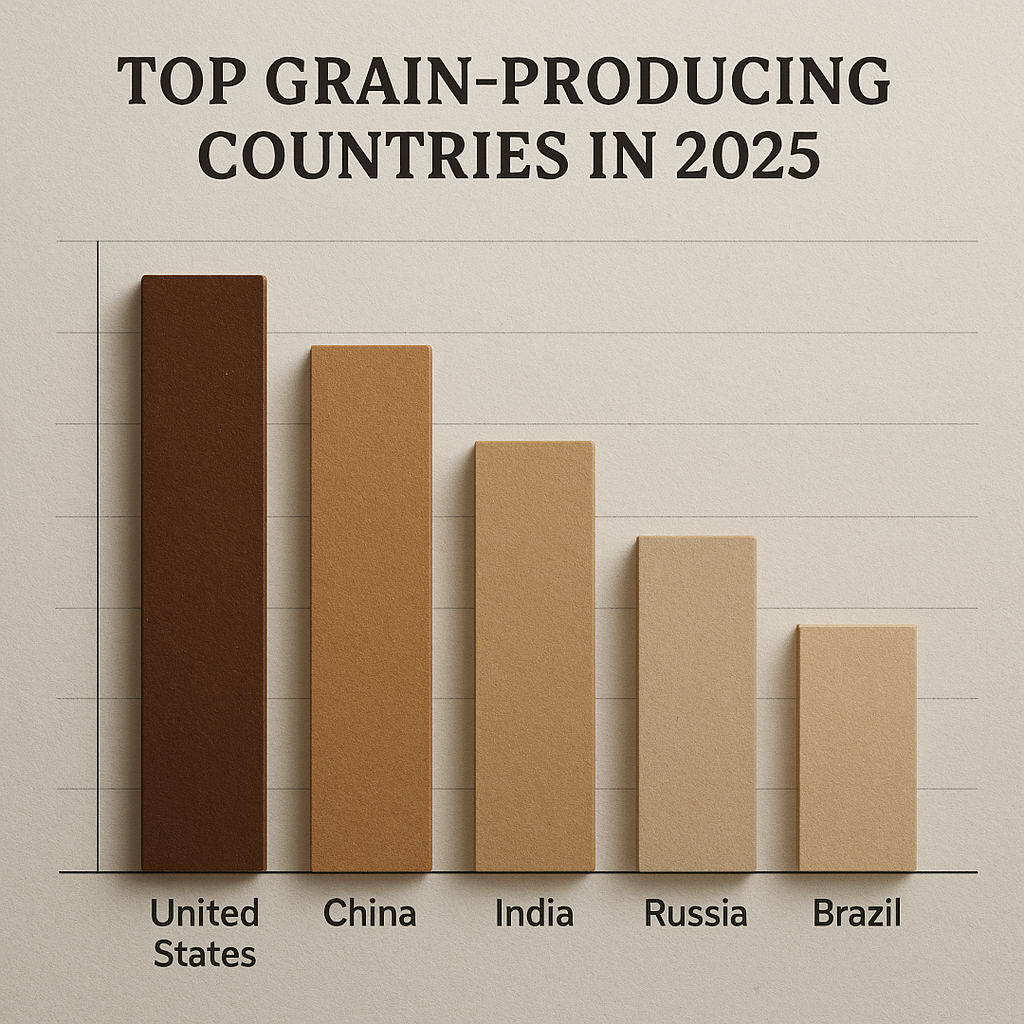The role of grain auctions in price setting is a critical aspect of the agricultural market, influencing both producers and consumers. Grain auctions serve as a platform where buyers and sellers come together to determine the market price of various grains, such as wheat, corn, and barley. This article delves into the mechanisms of grain auctions, their impact on price formation, and the broader implications for the agricultural economy.
Understanding Grain Auctions
Grain auctions are organized events where farmers, traders, and other stakeholders in the agricultural sector gather to buy and sell grain. These auctions can take place in physical locations or online platforms, allowing for greater accessibility and participation. The primary objective of these auctions is to establish a fair market price based on supply and demand dynamics.
There are several types of grain auctions, including sealed-bid auctions, open outcry auctions, and electronic auctions. Each type has its own set of rules and procedures, but they all aim to facilitate the exchange of grain while ensuring transparency and competitiveness.
Types of Grain Auctions
- Sealed-Bid Auctions: In this format, participants submit their bids without knowing the offers made by others. The highest bidder wins the auction, and this method is often used for large quantities of grain.
- Open Outcry Auctions: This traditional method involves participants openly announcing their bids in a competitive environment. It fosters immediate interaction and can lead to rapid price adjustments based on real-time demand.
- Electronic Auctions: With the rise of technology, many grain auctions have moved online. Electronic platforms allow for greater efficiency, enabling buyers and sellers to participate from anywhere in the world.
The Mechanism of Price Setting
Price setting in grain auctions is influenced by various factors, including supply levels, demand trends, and external market conditions. The auction process itself plays a significant role in how prices are determined. When participants place their bids, they reflect their expectations of future market conditions, which can lead to price fluctuations.
One of the key elements in price setting is the concept of price discovery. This process involves gathering information about the value of grain based on the bids submitted during the auction. As buyers compete for limited supplies, prices can rise, reflecting the increased demand. Conversely, if there is an oversupply of grain, prices may drop as sellers compete to attract buyers.
Factors Influencing Price Setting
- Supply and Demand: The fundamental economic principle of supply and demand is at the heart of price setting in grain auctions. A decrease in supply due to adverse weather conditions can lead to higher prices, while an increase in production can result in lower prices.
- Market Trends: Trends in global markets, such as changes in consumer preferences or shifts in trade policies, can significantly impact grain prices. For instance, a rise in demand for biofuels can increase the demand for corn, affecting its price in auctions.
- Speculation: Traders often engage in speculative activities, betting on future price movements. This speculation can lead to increased volatility in grain prices, as traders react to news and market signals.
Implications for Farmers and Consumers
The outcomes of grain auctions have far-reaching implications for both farmers and consumers. For farmers, the prices set during auctions directly affect their income and profitability. A higher auction price can lead to increased revenue, allowing farmers to invest in their operations and improve productivity. Conversely, low prices can squeeze profit margins, making it challenging for farmers to sustain their businesses.
For consumers, the prices established in grain auctions ultimately influence the cost of food products. Fluctuations in grain prices can lead to changes in the prices of bread, cereals, and other staple foods. Understanding the dynamics of grain auctions can help consumers make informed decisions about their purchases and budgeting.
Strategies for Farmers
- Market Research: Farmers should stay informed about market trends and auction results to make strategic decisions about when to sell their grain. Understanding the timing of auctions can help them maximize their profits.
- Diversification: By diversifying their crops, farmers can mitigate risks associated with price fluctuations in specific grains. This strategy can provide a buffer against market volatility.
- Collaboration: Forming cooperatives or joining forces with other farmers can enhance bargaining power during auctions, leading to better prices and terms.
Conclusion
The role of grain auctions in price setting is a vital component of the agricultural market, influencing the livelihoods of farmers and the prices consumers pay for food. Understanding the mechanisms behind these auctions, the factors that influence price setting, and the implications for various stakeholders is essential for navigating the complexities of the grain market. As the agricultural landscape continues to evolve, grain auctions will remain a crucial tool for price discovery and market efficiency.
